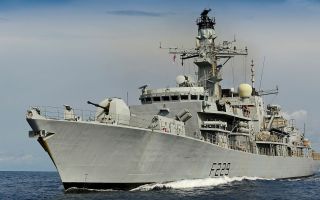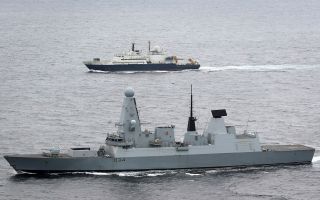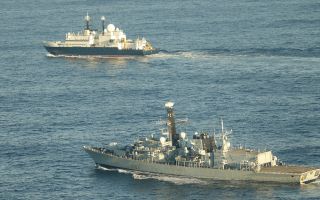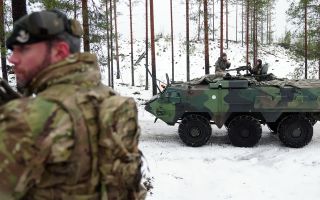What is Elon Musk's Starlink and how is it being used in Ukraine?
A decision to deny access to the Starlink satellite-based internet system owned by Elon Musk is said to have thwarted a drone attack by Ukraine on Russia.
A US newspaper claims Elon Musk, the billionaire owner of SpaceX, Tesla and X, formerly Twitter, effectively turned off the system for any offensive use, including the reported drone operation.
But what is Starlink, how does it work and how is it being used by Ukraine's military?
- Ukraine war approaching potential decisive turning point, former British Army general says
- Russian troops 'likely struggling with battle fatigue and attrition'
- American public confidence in US military at lowest level in 25 years
Drones are being used by Ukrainian forces in their battle against the Russian invasion of the country, with assistance from Starlink technology.
This conflict has seen the use of drones as weapons – be they in the air or at sea – grow exponentially.
Small airborne drones require GPS or radio frequencies for guidance but larger remotely operated drone boats, for example, need connectivity – basically the internet – and that is where Starlink has been invaluable for Ukraine.
But what is Starlink?
Starlink is best described as a satellite internet constellation that consists of 4,000 small satellites in Low Earth Orbit.
The satellites talk to ground stations – they're called gateways – and basically link the satellites in the sky with the end user's dish.
It's highly effective but – as reported – there are questions about whether or not it can be turned off at will.
The remotely operated vehicles being used in Ukraine require connectivity through the internet, and Starlink has been invaluable for the country in providing this support, despite some restrictions being placed on their military use.
Early in the war, Ukraine was given thousands of Starlink dishes, technology that reduces the need for cables and masts to provide the internet in hard-to-reach or rural areas.
Members of Ukraine's military also use Starlink terminals to relay vital battlefield intelligence and targeting information.
Elon Musk previously said that Starlink is the "backbone" of Ukraine's military communications, although in February, he wrote on Twitter: "We are not allowing Starlink to be used for long-range drone strikes."
Defence experts have examined the role commercial companies might play in a conflict, with one such expert, former British Army tank commander Justin Crump, asking whether militaries can rely on private businesses for communications.
He said: "There can be restrictions on terms of service and, of course, there are abilities at the backend to restrict delivery of service potentially to certain addresses and to certain locations.
"It would be compatibly easier, of course, to say, 'right, we deny service to either this group of users, to this geographical area', and of course, a system like this to some extent has to have that built in.
"Militaries are looking hard at how they can operate using commercial systems but with resilience."
He added: "With that assurance that, actually, if the commercial provider does not like the military campaign you might be embarked on, they can't suddenly deny your backbone of services, because obviously, that is a critical failure."
If the system was denied to the Ukrainians at the instruction of Elon Musk – it raises serious questions about whether the military can rely on private business for communications.
The conflict in Ukraine has shown how drone warfare is now a vital part of the battlespace. Yet, for the future, decisions need to be made about just who can influence their use.








